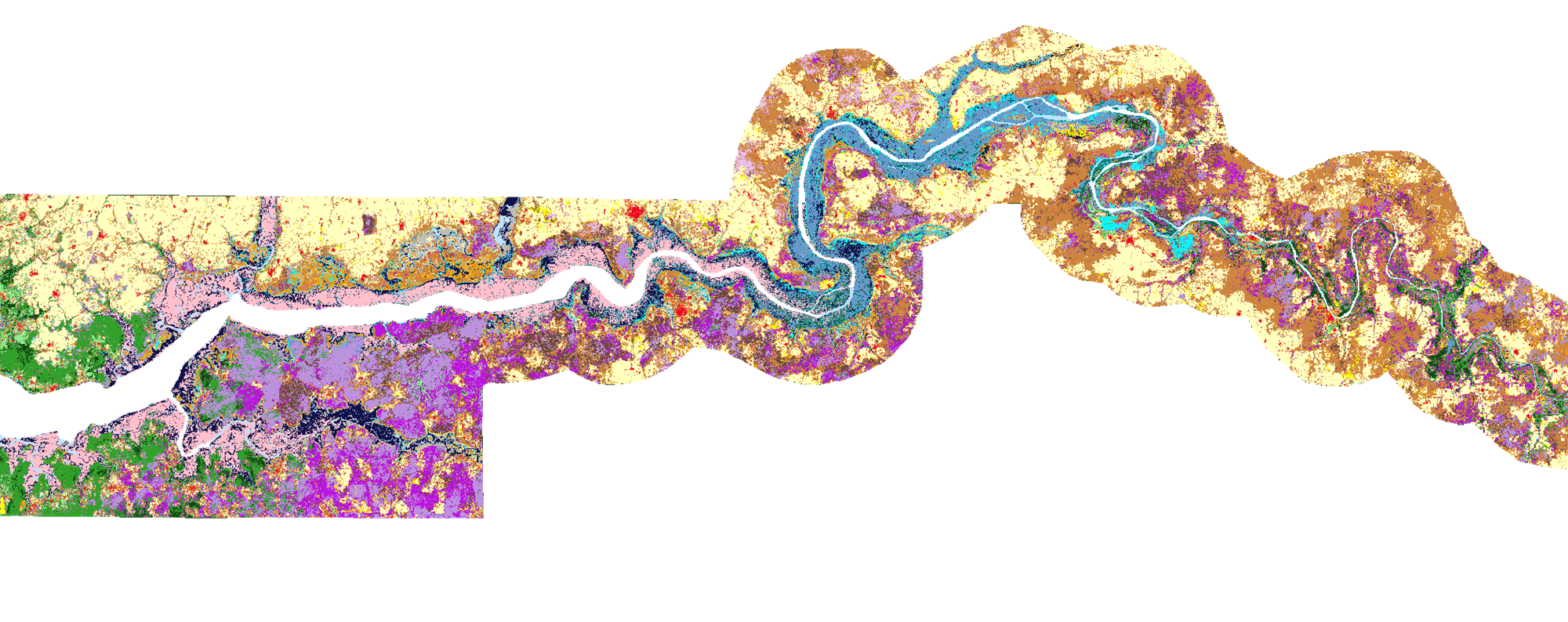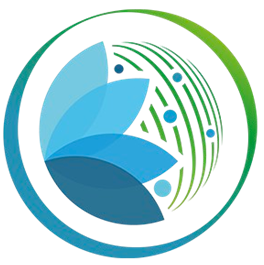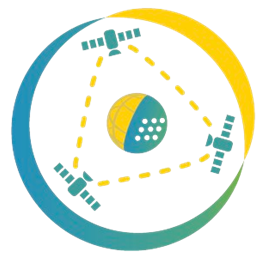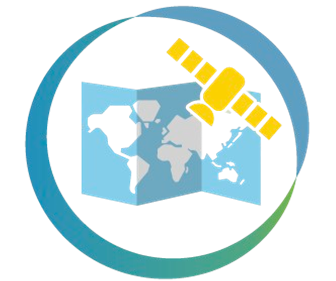About the Gambia GeoLab


The FAO, through standards like the FAO/ISO system, has played a key role in enhancing land cover harmonization and geospatial accuracy.

Using the newly developed West Africa Land Cover Reference System, we selected 19 classes guided by existing maps and expert insights, as described here: Legend Definition
The new land cover map of the Gambia was developed through a machine learning approach on the GEE platform as described here: Mapping Process

Monitoring of rehabilitated rice fields with different irrigation schemes.
Area monitored = 4360 hectares
Active sites = 33









Monitoring of newly established community gardens.
Area monitored = 110 hectares
Active sites = 28




Monitoring and conservation of coastal mangrove forests.
Area monitored = 60000 hectares
Coastline coverage = 5000 km


Forest cover monitoring and conservation efforts.
Area monitored = 120000 hectares
Community Forest = 24




the Gambia GeoLab has been developed within the framework of

This platform serves as a strategic tool, collecting and analysing geospatial data to facilitate informed decision-making and adaptive management of natural resources in the Gambia.

Google Earth Engine:
Alternatively, the Land Cover map can be fully generated in GEE using the code available in the One Pager

OpenForis:
Free open-source solutions for forest and land monitoring
SEPAL:
Exercises 1-5

Collect Earth Online:
Exercises 4


Earth Map:
Check this document to learn how to produce zonal statistics of the new LC map

